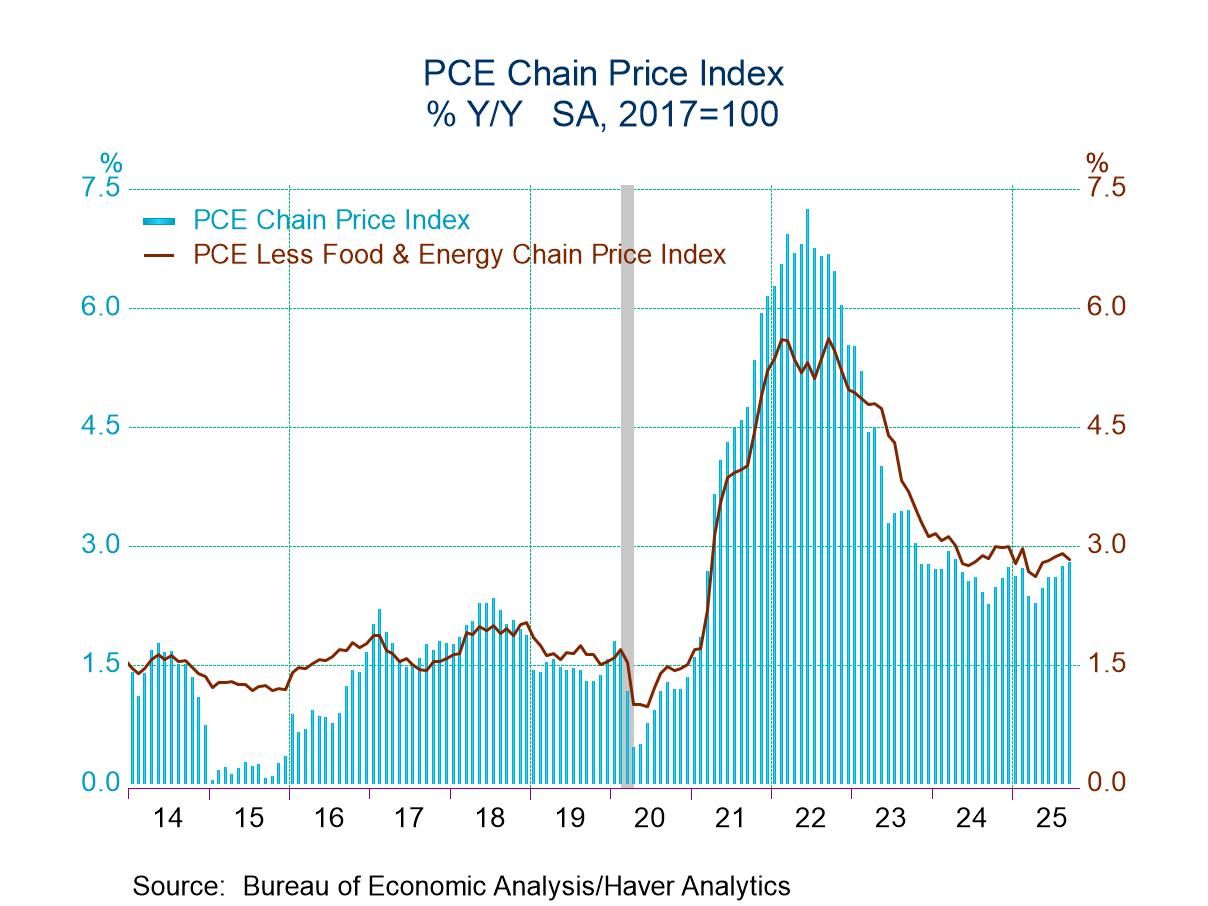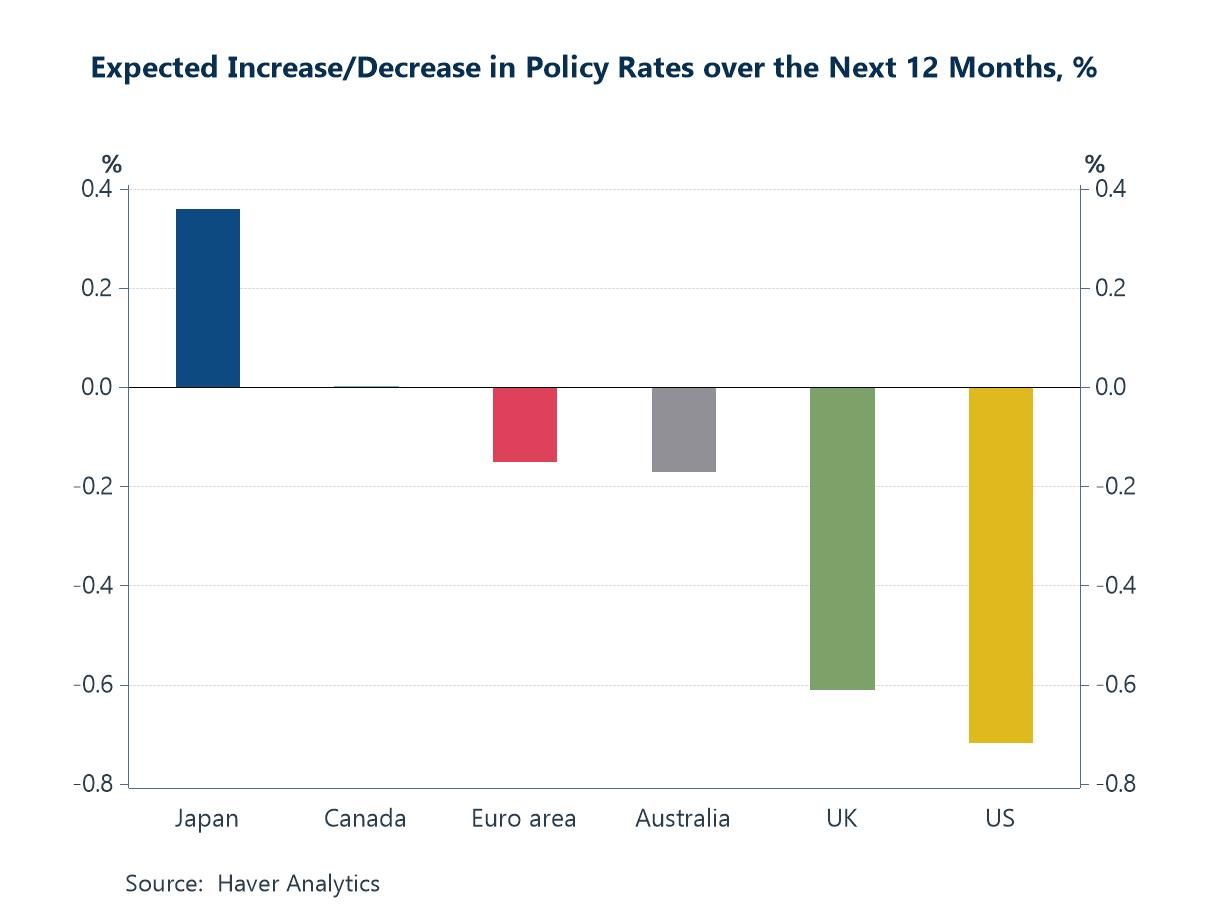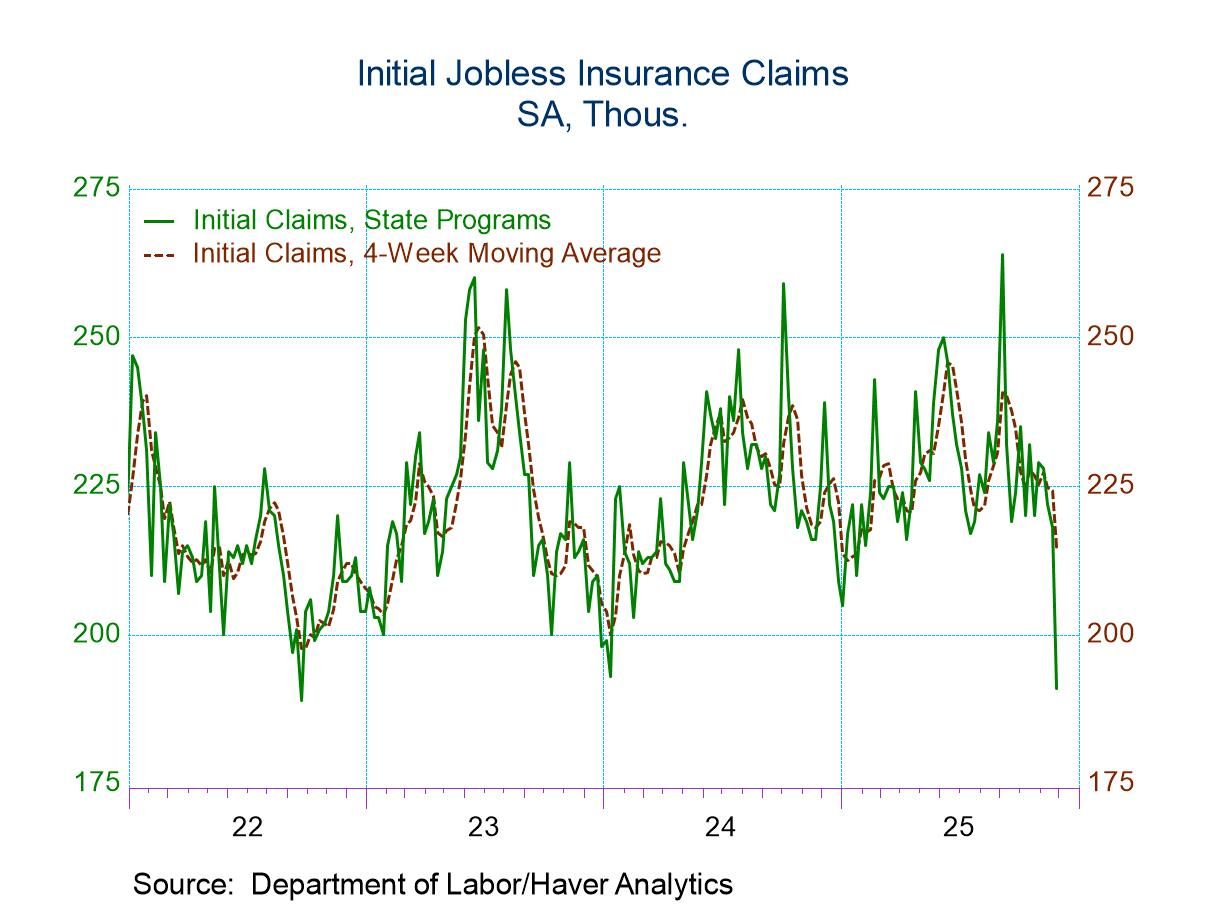German Inflation Settles Lower

Germany is HICP inflation measure (12-month) came in at 2% in June, below its May reading 2.1% but above its April reading of 1.9%. There have been a few recent readings for Germany at 2% or below and these are the first traces of 2% inflation in Germany since mid-2021 when inflation first began to climb above the 2% target that is the objective by the ECB for all of the European Monetary Union.
Inflation progress is evident The German domestic CPI is also up by 2% year-over-year, and this is the fifth time that it has posted an increase of 2% or less since August 2024. This is good news because it suggests that German inflation isn't just flirting but perhaps trending and will eventually stabilize around the 2% mark. However, Germany also still has work to do because the domestic CPI gauge excluding energy in June is still at 2.5% year-over-year; that pace dropped from 2.8% in May and it's generally been higher over the past year with some fluctuations up as high as a 3.1% year-over-year pace, as was the case in December. But it's also been as low as 2.6% in August of last year. Core inflation in Germany remains stubborn. We see that clearly from its domestic CPI excluding energy reading. The core reading in the HICP series is not yet available for June but the core reading from May came in at 2.9%, an acceleration from 2.8% in April.
Sequential inflation The sequential inflation readings in this report are quite good for domestic inflation, and even for the ex-energy reading, but not quite as good for the HICP which is the measure of inflation used by the European Central Bank. German HICP inflation is 2% over 12 months, drops to 0.9% over 6 months, and then the annualized rate rises to 2.2%, again, over 3 months. For the domestic measure of inflation, the annualized CPI rates are 2% over 12 months, 1.5% over 6 months and 1% over 3 months - a clear decelerating pattern. That decelerating pattern is echoed for the domestic CPI excluding energy which is at 2.5% over 12 months, 1.7%. over 6 months and 1.3% over 3 months.
Inflation Diffusion -monthly Inflation diffusion, which calculates the breadth of inflation for the domestic CPI, shows diffusion of 27.3% for June, 54.5% for May, and 18.2% for April. The June and April readings clearly point toward more decelerating than accelerating inflation as they are below the neutral 50% mark. The May report suggests just slightly more acceleration than deceleration at 54.5%.
Sequential Diffusion Sequentially, diffusion over 12 months, 6 months and 3 months gives us readings below 50% on each horizon which is good because that points to inflation decelerating rather than accelerating. However, the diffusion readings are consistently rising from 18.2% over 12 months, to 27.3% over 6 months, to 45.5% over 3 months – and moving more toward diffusion neutrality.
Weak oil has been a tailwind for lower inflation Inflation progress has been helped along by weak oil prices in June. Brent oil prices measured in euros rose by 6.7%; they had fallen by 4.1% in May and by 10.7% in April. These are month-to-month calculations. Sequentially, Brent oil prices fell by 20.7% over 12 months, they fell at a 23.4% annual rate over 6 months, and they're falling at a 30% annual rate over 3 months. All of these metrics should have helped the inflation numbers to look more contained. When inflation falls over a relatively long period of time, it also has a chance to permeate non-energy measures and cause even non-energy inflation to edge a little bit lower. For now, weakness in oil prices has been a tailwind for German inflation progress.

Summing up The inflation report in June logs a month-to-month headline gain of 0.2% against domestic prices being unchanged in the month and prices also unchanged excluding energy. These are good developments. However, German inflation still has more work to do as the core or ex-energy metrics testify. At the same time, there's been some revival in the economy. And there's going to be a step-up in spending for military purposes. The step-up in activity, prompted in part by more military spending, could pause or slow the inflation progress that's underway. It's something to keep an eye on.
Robert Brusca
AuthorMore in Author Profile »Robert A. Brusca is Chief Economist of Fact and Opinion Economics, a consulting firm he founded in Manhattan. He has been an economist on Wall Street for over 25 years. He has visited central banking and large institutional clients in over 30 countries in his career as an economist. Mr. Brusca was a Divisional Research Chief at the Federal Reserve Bank of NY (Chief of the International Financial markets Division), a Fed Watcher at Irving Trust and Chief Economist at Nikko Securities International. He is widely quoted and appears in various media. Mr. Brusca holds an MA and Ph.D. in economics from Michigan State University and a BA in Economics from the University of Michigan. His research pursues his strong interests in non aligned policy economics as well as international economics. FAO Economics’ research targets investors to assist them in making better investment decisions in stocks, bonds and in a variety of international assets. The company does not manage money and has no conflicts in giving economic advice.





 Global
Global
